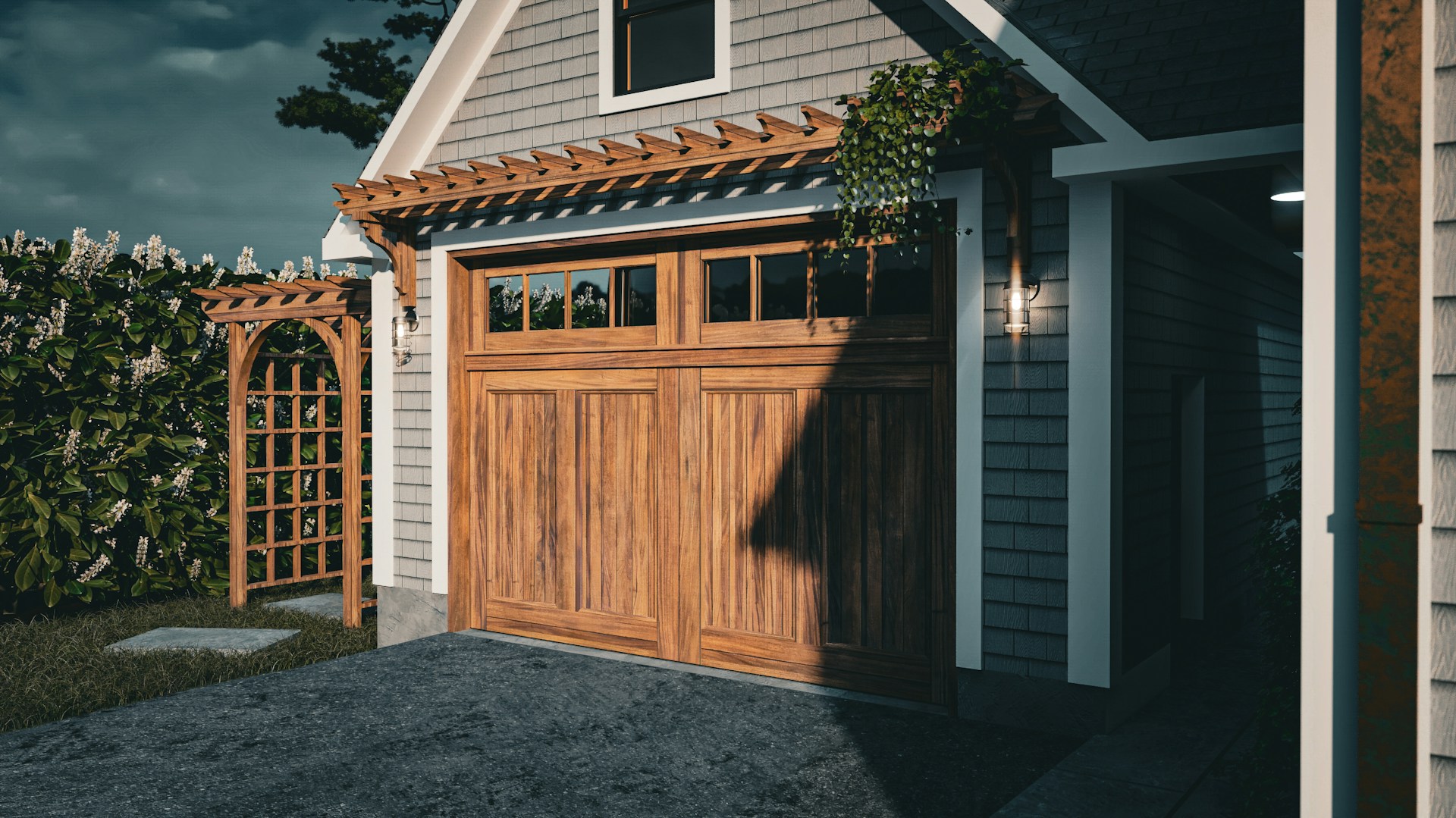Welcome to the world of smart homes! As a beginner, navigating the world of smart home technology can seem overwhelming, but fear not! This comprehensive guide will walk you through everything you need to know to transform your humble abode into a cutting-edge, tech-savvy haven.
Benefits of having a smart home
Smart homes offer a wide range of benefits that can enhance your daily life in numerous ways. One of the key advantages is the convenience they provide. Imagine being able to control your lights, adjust the temperature, and even lock your doors with just a voice command or a tap on your smartphone or smartwatch. Smart home devices allow you to automate various tasks, saving you time and effort.
Another major benefit of a smart home is increased energy efficiency. Smart thermostats, for example, can learn your preferences and adjust the temperature accordingly, helping you save on your energy bills. Similarly, smart lighting systems can automatically turn off lights when no one is in the room, reducing unnecessary energy consumption.
Smart homes also offer enhanced security features. With smart security systems, you can monitor your home in real-time, receive alerts when someone enters or exits your property, and even remotely lock or unlock your doors. This added peace of mind is invaluable, especially when you’re away from home.
Must-have smart home devices
When it comes to setting up your smart home, there are a few must-have devices that you should consider. First and foremost, a smart speaker with a voice-activated assistant is a great starting point. These devices, such as Amazon Echo or Google Home, can control other smart devices, answer questions, play music, and much more.
A smart thermostat is another essential device for your smart home. It allows you to control the temperature of your home remotely, set schedules, and even learn your preferences over time. This not only improves comfort but also helps you save on energy costs.
If you’re concerned about home security, investing in a smart security system is a smart move. These systems typically include cameras, sensors, and alarms that your smartphone can monitor and control. Some even offer additional features like facial recognition and two-way communication.

Setting up your smart home network
Before you start adding smart devices to your home, it’s important to set up a reliable and secure network. Most smart devices rely on Wi-Fi to connect and communicate with each other, so having a strong network is crucial.
Start by ensuring that your Wi-Fi router can handle multiple devices simultaneously. Consider upgrading to a newer router if needed. Next, secure your network by changing the default password and enabling encryption. This will protect your network from unauthorized access.
Once your network is ready, you can begin adding smart devices. Each device will have its own setup process, which usually involves downloading a companion app, connecting to your Wi-Fi network, and following the on-screen instructions. Make sure to read the instructions carefully and take note of any specific requirements or compatibility issues.
Smart home security and privacy considerations
While smart homes offer improved security features, it’s important to consider the potential security and privacy risks that come with these devices. Since they are connected to the internet, smart devices can be vulnerable to hacking and unauthorized access if not properly secured.
To protect your smart home, make sure to follow best practices for cybersecurity. This includes regularly updating your devices’ firmware, using strong and unique passwords, and enabling two-factor authentication whenever possible. Additionally, consider setting up a separate guest network for your smart devices to keep them isolated from your main network.
In terms of privacy, be mindful of the data that your smart devices collect and how it is used. Read the privacy policies of your devices and apps, and consider disabling any unnecessary data collection or sharing features. It’s also a good idea to regularly review and delete any stored data that you no longer need.
Smart home automation and control systems
One of the most exciting aspects of a smart home is the ability to automate various tasks and control devices from a single interface. Smart home automation systems, such as SmartThings or Apple HomeKit, allow you to create custom routines and scenarios that can be triggered by specific events or schedules.
For example, you can set up a “Good Morning” routine that turns on the lights, adjusts the thermostat, and plays your favorite music when you wake up. Or you can create a “Movie Night” scenario that dims the lights, closes the blinds, and turns on the TV with just a voice command.
To make the most of your smart home automation system, take some time to explore the available features and customize them to suit your needs. Experiment with different routines and scenarios to find what works best for you and your lifestyle.
Smart home energy management
Smart home devices can significantly contribute to energy savings and help you reduce your carbon footprint. Start by installing a smart thermostat, which can learn your schedule and adjust the temperature accordingly. This can result in significant energy savings over time.
Consider also investing in smart plugs and power strips. These devices allow you to control the power supply to individual devices or groups of devices. With a simple voice command or a tap on your smartphone, you can turn off devices when they’re not in use, reducing standby power consumption.
Smart lighting systems are another great way to save energy. Install smart bulbs or switches that can be controlled remotely or scheduled to turn off when no one is in the room. Some smart lights also have motion sensors, so they automatically turn on when someone enters a room and turn off when the room is empty.
Smart home entertainment options
In addition to convenience and energy savings, smart homes offer a range of entertainment options. With a smart TV or streaming device, you can access a wide variety of content from popular streaming platforms like Netflix, Amazon Prime Video, and Hulu. You can also control your TV and streaming devices using voice commands, eliminating the need for multiple remotes.
If you’re a music lover, consider investing in a smart speaker with high-quality audio capabilities. These speakers not only provide excellent sound but also allow you to stream music from various services, control playback with your voice, and even create multi-room audio setups.
Gaming enthusiasts can also benefit from smart home technology. With devices like the Xbox One or PlayStation 5, you can control your gaming console using voice commands, stream gameplay to your smartphone, and even integrate with smart lighting systems for a truly immersive gaming experience.
Smart home maintenance and troubleshooting
Smart home devices may occasionally require maintenance or troubleshooting like any other technology. Here are a few tips to keep your smart home running smoothly:
- Regularly check for firmware updates for your devices and install them promptly to ensure optimal performance and security.
- If you’re experiencing connectivity issues, try rebooting your router and devices. This can often resolve temporary glitches.
- Keep track of the devices connected to your smart home network. If you notice any unfamiliar devices, it could be a sign of unauthorized access.
- If you’re having trouble with a specific device, consult the manufacturer’s support documentation or contact their customer support for assistance.
- Consider investing in a smart home hub or controller that can centralize the management of your devices and provide additional troubleshooting capabilities.
Conclusion and future trends in smart home technology
Congratulations! You’ve reached the end of our smart home guide for beginners. By now, you should have a solid understanding of the benefits of having a smart home, the must-have devices to consider, how to set up your smart home network, security and privacy considerations, automation and control systems, energy management, entertainment options, and maintenance and troubleshooting.
As technology continues to evolve, the future of smart homes looks even more promising. We can expect to see advancements in areas such as artificial intelligence, voice recognition, and integration with other emerging technologies like augmented reality and virtual reality. The possibilities are truly endless.
So, whether you’re just starting your smart home journey or looking to expand your existing setup, remember to do your research, choose compatible devices, and enjoy the countless benefits that smart home technology has to offer. Welcome to the future of home automation!




